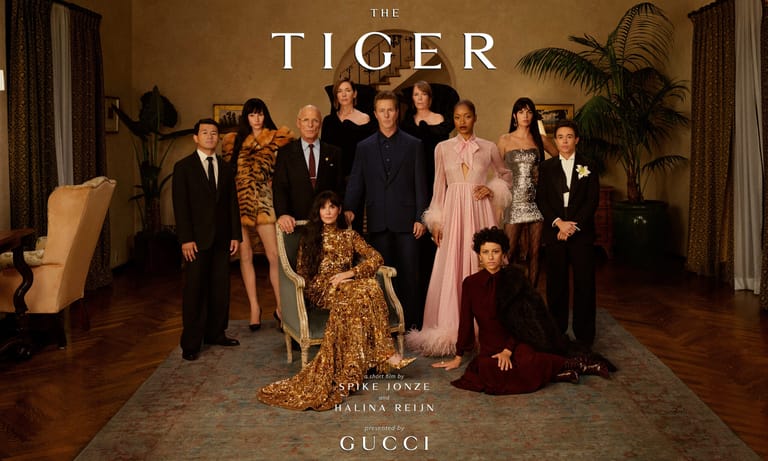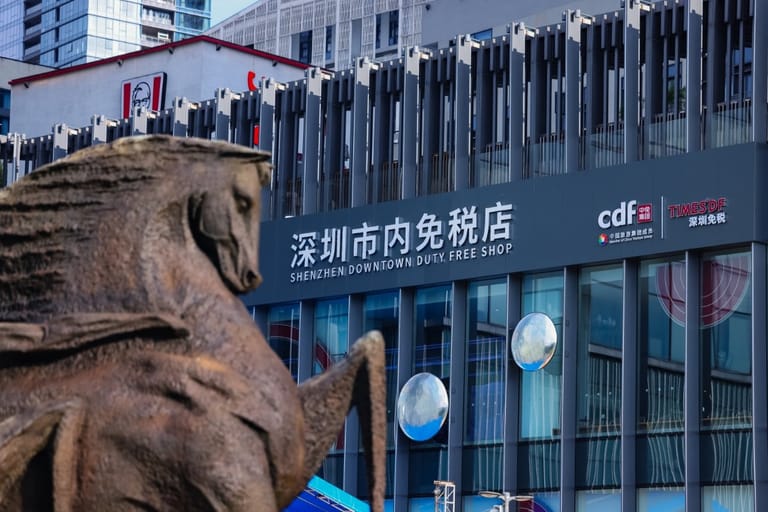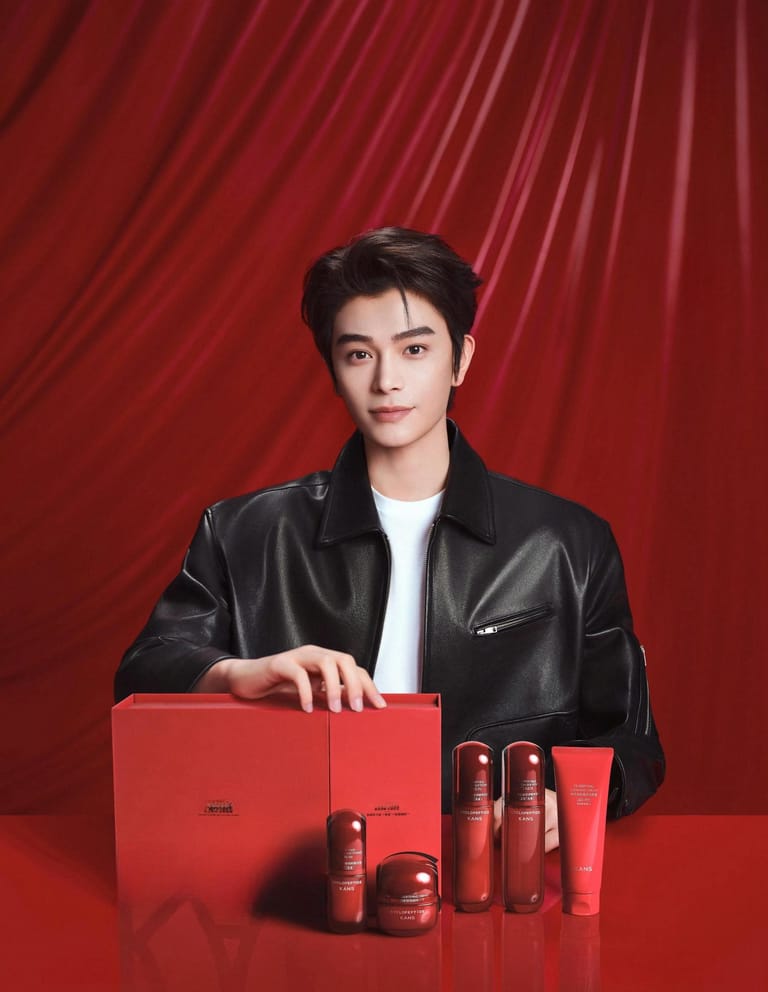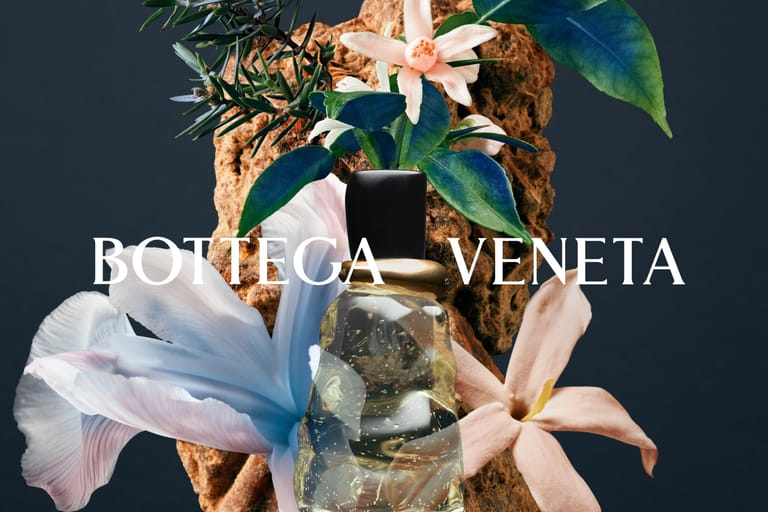Monday Briefing: Kering’s Decline, Moncler’s Growth, and Mytheresa’s Digital Push
By
Wenzhuo Wu

Published on
February 17, 2025
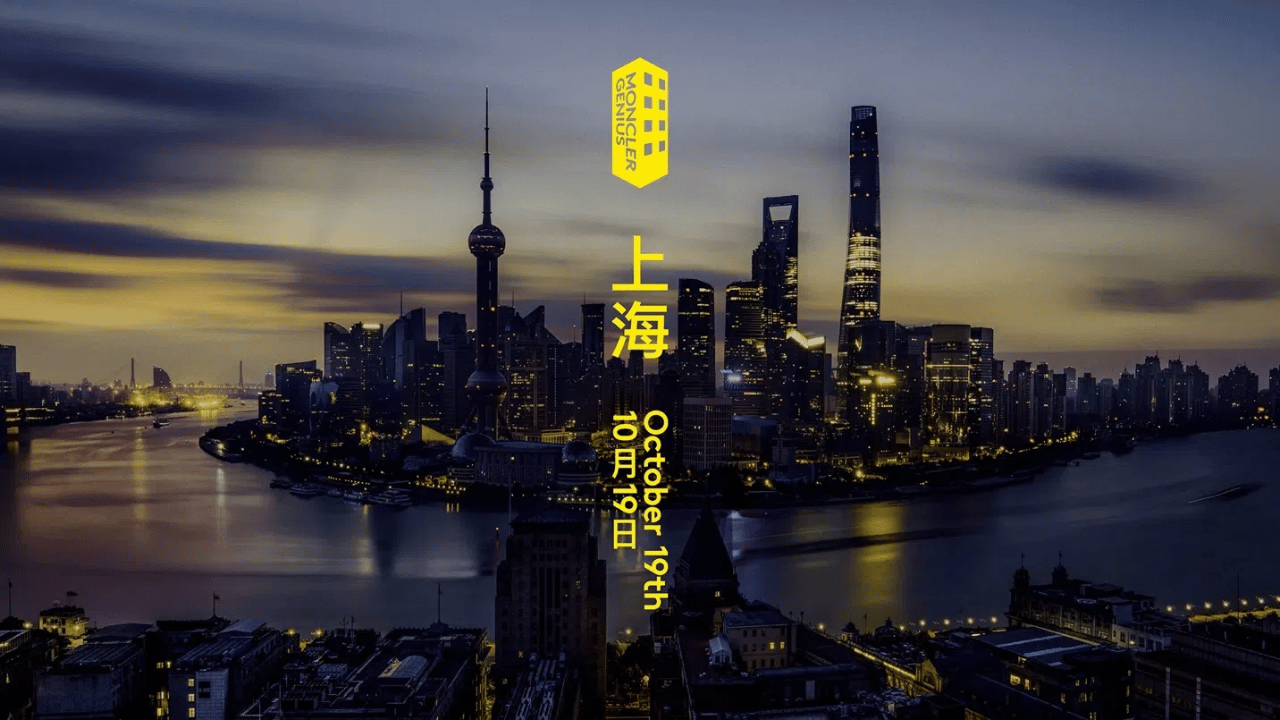
Start your week with sharp analysis and fresh insights into China’s latest cultural, luxury, and consumer trends. Monday Briefing connects the dots between local shifts and global repercussions, highlighting relevance to the luxury market, business strategies, and modern lifestyle trends shaping our world today.
This week’s earnings and strategic updates highlight the diverging fortunes of luxury brands in China, a market where some prestige names falter while others innovate to capture growth. Kering, Moncler, and Mytheresa have all revealed key insights into how brands are responding to a changing consumer base in Greater China, alongside a shifting focus on digital channels.
Kering: Struggling in China while Eyeing New Growth Avenues
Kering’s 2024 results starkly reflect the challenges facing traditional luxury brands in China. With total revenue down 12 percent, Gucci’s performance was particularly underwhelming, reporting a 23 percent drop in revenue to 7.7 billion euros. While the brand continues to face headwinds in the region, Kering’s broader performance paints a more nuanced picture.
The group’s eyewear segment, which includes Kering Beauté, bucked the trend, showing notable growth. Revenue for Kering Eyewear and its corporate segment reached 1.9 billion euros, up 24 percent as reported and 8 percent on a comparable basis. This marks a significant area of promise for the group, especially considering the slowing demand in traditional categories like fashion and leather goods.
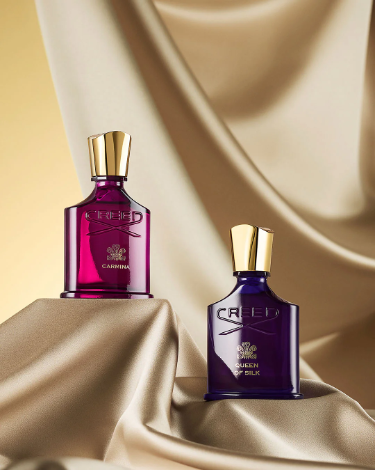
However, the broader trend in Asia-Pacific continues to be worrisome, with the region now contributing just 30 percent to Kering’s total sales, a 5-point drop from 2023. The decline in foot traffic across key markets, particularly Greater China, and the shifting behaviors of Chinese tourists—who are increasingly shopping in Japan—underscore the brand’s struggle to maintain its dominant position in the region.
Moncler: Riding the Wave of China’s Rebound
In contrast, Moncler’s 2024 performance showcases the potential of a well-executed brand strategy in China. The brand saw a healthy 11 percent revenue increase in Asia, driven by a return to double-digit growth in Mainland China. Moncler’s investment in exclusive events such as Moncler Grenoble in St. Moritz and the Moncler Genius show in Shanghai was a decisive factor in its success. The Shanghai event was touted as the most impactful in the brand’s history, further cementing Moncler’s position as a luxury innovator in the eyes of Chinese consumers.
Moncler’s focus on immersive, high-quality brand experiences is paying off. The company continues to attract China’s high-net-worth individuals looking for something beyond traditional luxury. For Moncler, this strategy appears to be working, even as the broader luxury market faces headwinds.
Mytheresa: Doubling Down on China’s Digital Luxury
While some luxury brands are stepping back from China, others are doubling down on digital. Mytheresa’s Q1 FY25 results show strong net sales growth of 8 percent, signaling the potential of global luxury e-commerce. The company is investing in China-specific strategies, including the launch of its own Chinese brand name, 美遴世 (Mei Lin Shi), and the debut of a Mini Program in the country’s widely used messaging app WeChat. These initiatives cater specifically to Chinese consumers, providing them with a seamless and localized shopping experience.
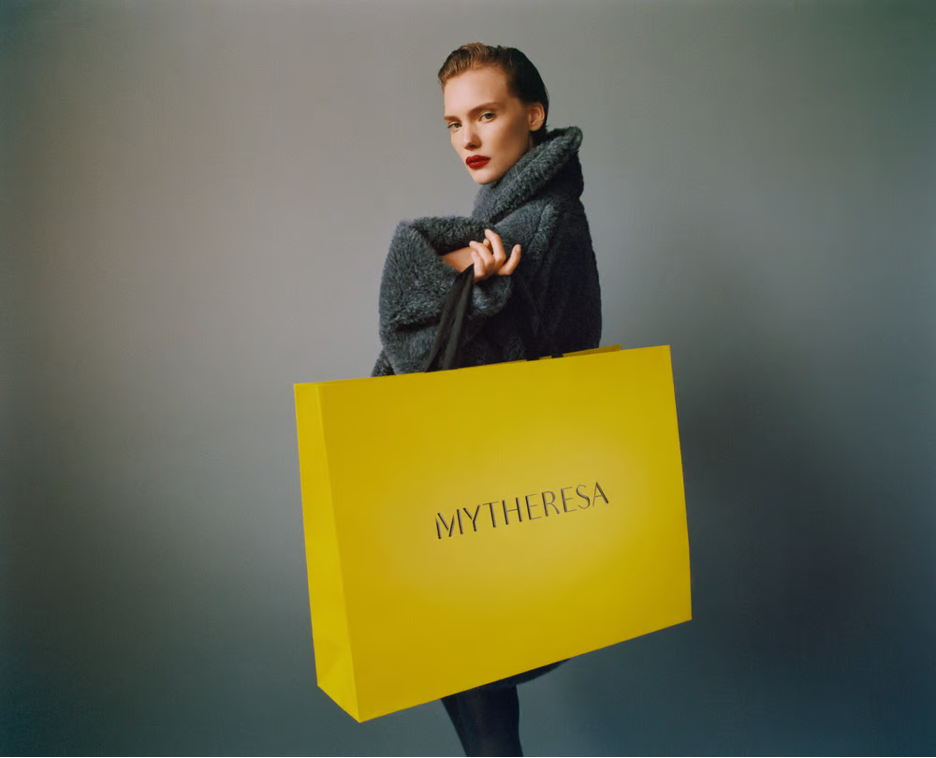
The German-based retailer is also preparing for its acquisition of YOOX NET-A-PORTER (YNAP), a move that will create a global powerhouse in digital luxury. Mytheresa’s agility in adapting to China’s digital landscape will be a crucial advantage as it competes with local giants like Tmall and JD.com. By focusing on customer-centric digital solutions, Mytheresa positions itself as a leader in luxury e-commerce, especially as Chinese consumers shift increasingly online.
The Challenging Road Ahead
Kering’s struggles and Moncler’s success illustrate the varied approaches by luxury brands to navigate China’s evolving market. Traditional giants like Gucci are finding it harder to resonate with a younger, more selective consumer base, while brands like Moncler and Mytheresa are seeing success by innovating both in-store and digitally.
For Kering, the real opportunity may lie in sectors like eyewear and beauty. Kering Beauté, with its 24 percent revenue growth, signals a strategic pivot to new, high-growth areas beyond fashion. As China’s luxury consumption matures, diversifying into categories like beauty could offer a crucial lifeline to brands struggling in traditional categories.




